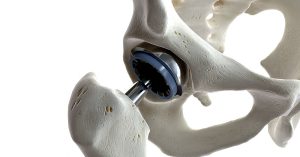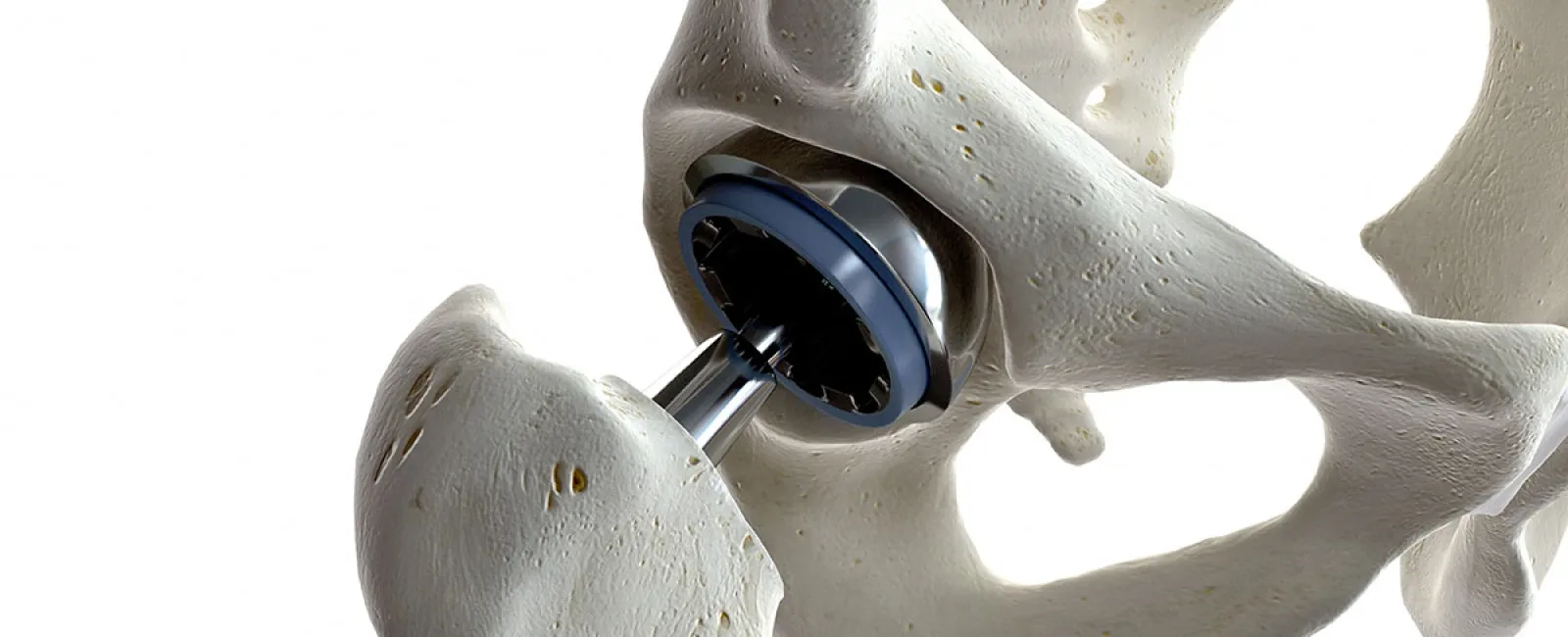
During that time you will learn how to care for your surgical wound and what medications you can take and when. But what happens when you do get home after a total hip replacement? While everyone recovers from surgery differently, you can use the following information to get a general idea of what to expect.
1. Get Your Home Recovery-Ready
Before you go to the hospital for surgery, there are steps you should take to prepare your home for your return. If your bedroom is upstairs, you may want to consider making a temporary move to the first floor so you don't have to go up and down the stairs at first. Some people find it helpful to turn the living room or a den into a makeshift bedroom for a short time.
You can avoid getting up and down by keeping important things within reach nearby. Good things to have close to you include your medications, phone and charger, glasses, remote controls, water bottle or glass, tablet or laptop computer, books, etc.
You may require the use of a walker or crutches to get around for a little while, so make sure you rearrange your furniture so you can move around it. The American Academy of Orthopedic Surgeons (AAOS) recommends the following measures as well:
- Remove any tripping hazards like rugs, decorations, or electrical cords
- Install a shower chair, grip bar, and raised toilet seat in the bathroom
- Get a good chair with a high and firm seat rather than a low and soft one
2. Follow the Recommended Post-Surgery Diet
Once you get home from the hospital, you will most likely be allowed to return to a normal diet. You'll need to drink plenty of fluids and avoid alcohol. While you can return to your typical diet, you may need to make adjustments from the norm if you are trying to lose weight or maintain weight loss. Staying at a healthy weight is an important part of recovery because excess weight can put a strain on the new joint the same way it did the natural one.
Your doctor may recommend that you take vitamin supplements that include iron. At the same time, you may need to avoid foods and supplements that have vitamin K. This is especially important for people taking a blood thinner called warfarin, which is known by the brand name Coumadin.
3. Follow Physical Therapy Instructions
After total hip replacement surgery, you will need to have physical therapy. You may be given instructions to do exercises on your own or you might need someone to take you to a physical therapy office. Either way, it's important to follow all physical therapy instructions for at least two months after your joint replacement. This will help your body heal correctly and allow you to learn how to best use your new hip.
4. Find Out When Your New Hip Can Bear Weight
As mentioned before, you may be walking with the assistance of crutches, a cane, or a walker right after surgery. Some people must avoid putting weight on the affected hip for several weeks while others are encouraged to bear weight on it right after surgery. Your doctor will likely make it clear when you can put weight on your new hip, but be sure to ask if they don't.
5. Be Informed About Driving After Surgery
Once you stop taking your prescribed opioid pain medication during the first part of the recovery process, you can probably start driving again. You just have to be sure you have your strength and reflexes back. It's all about keeping you and other people on the road safe. If you have questions about when you can safely drive, then you should talk to your doctor. And always play it safe by not getting behind the wheel if you are unsure.
6. Ease Back Into Exercising
According to the AAOS, physical therapy exercises should be continued for at least 2 months after your surgery. Other than those exercises, you should perform other physical activities with guidance from your orthopedic surgeon. Low-impact exercises like swimming or cycling are best for easing back into being physically active. Just make sure your incisions have healed properly.
—
At South Shore Orthopedics, our board-certified surgeons are committed to helping you live life to the fullest after your total hip replacement. Several of our physicians specialize in joint replacement and getting patients back on the road to full mobility. If you suffer from joint pain and want to see what your treatment options are, call our office at (781) 337-5555 to make an appointment
